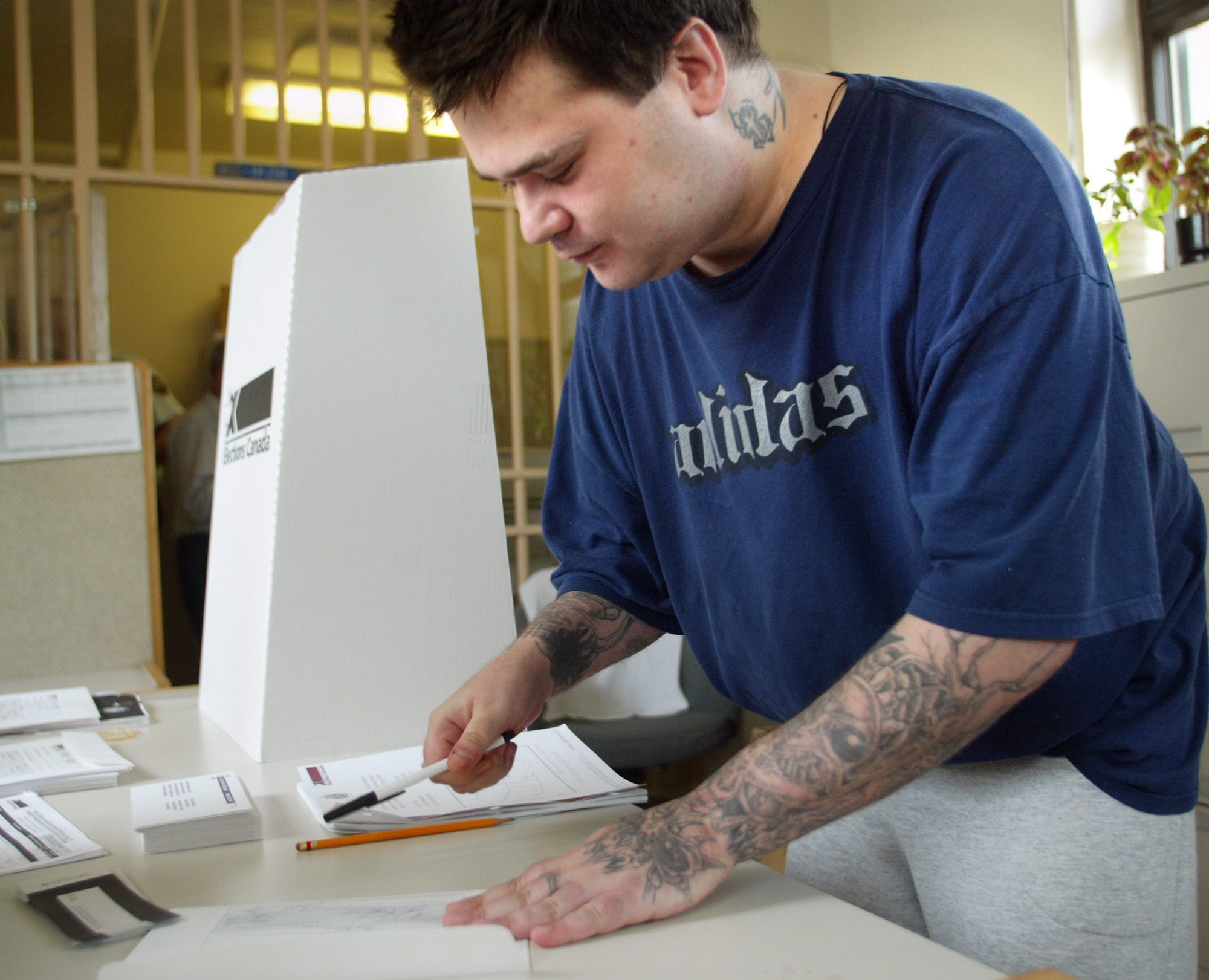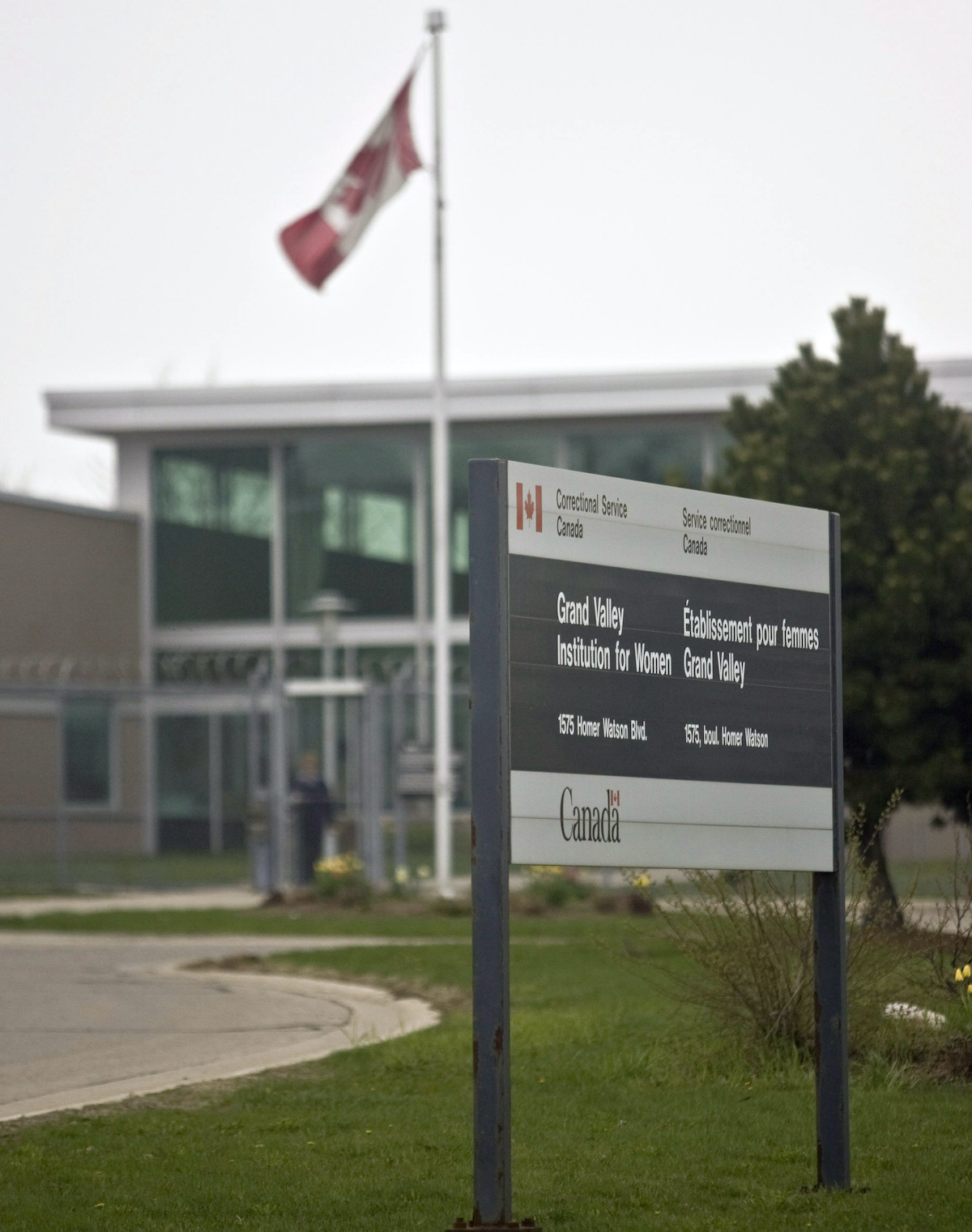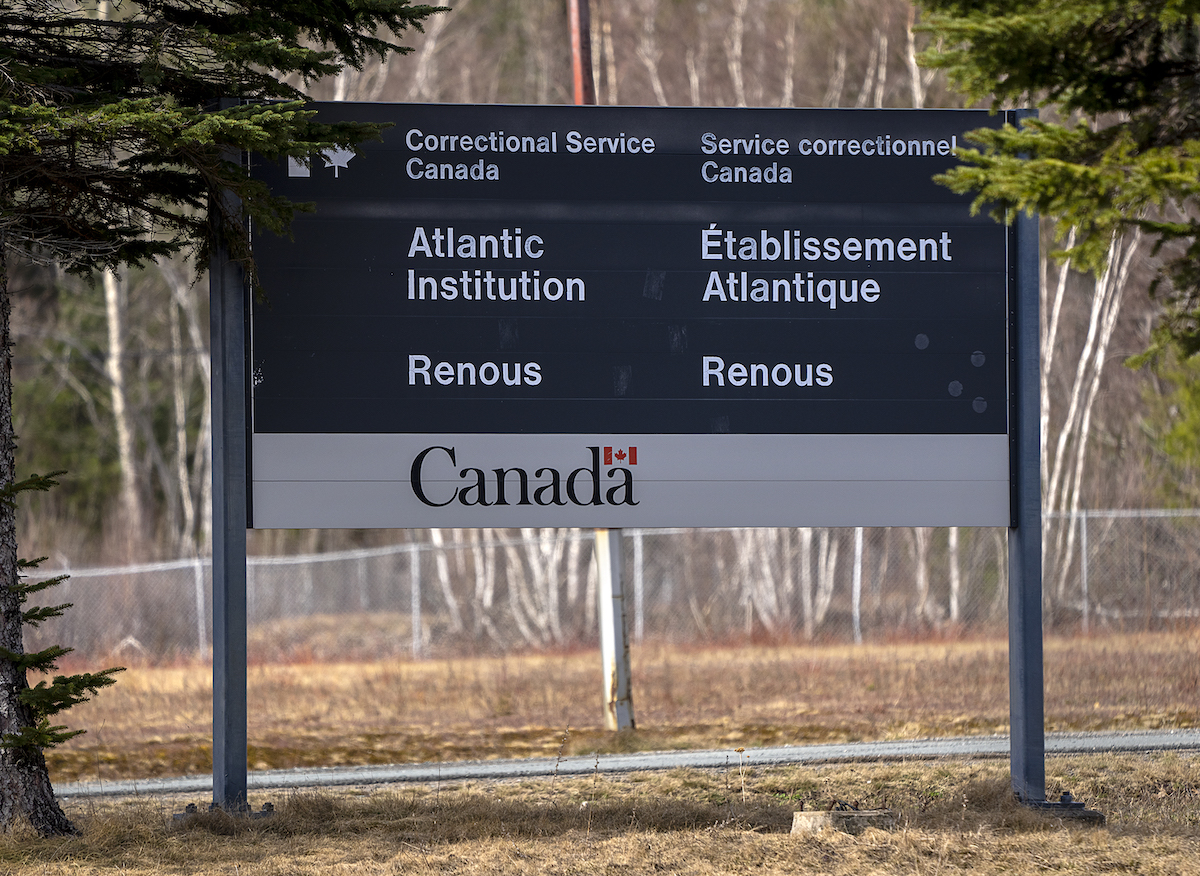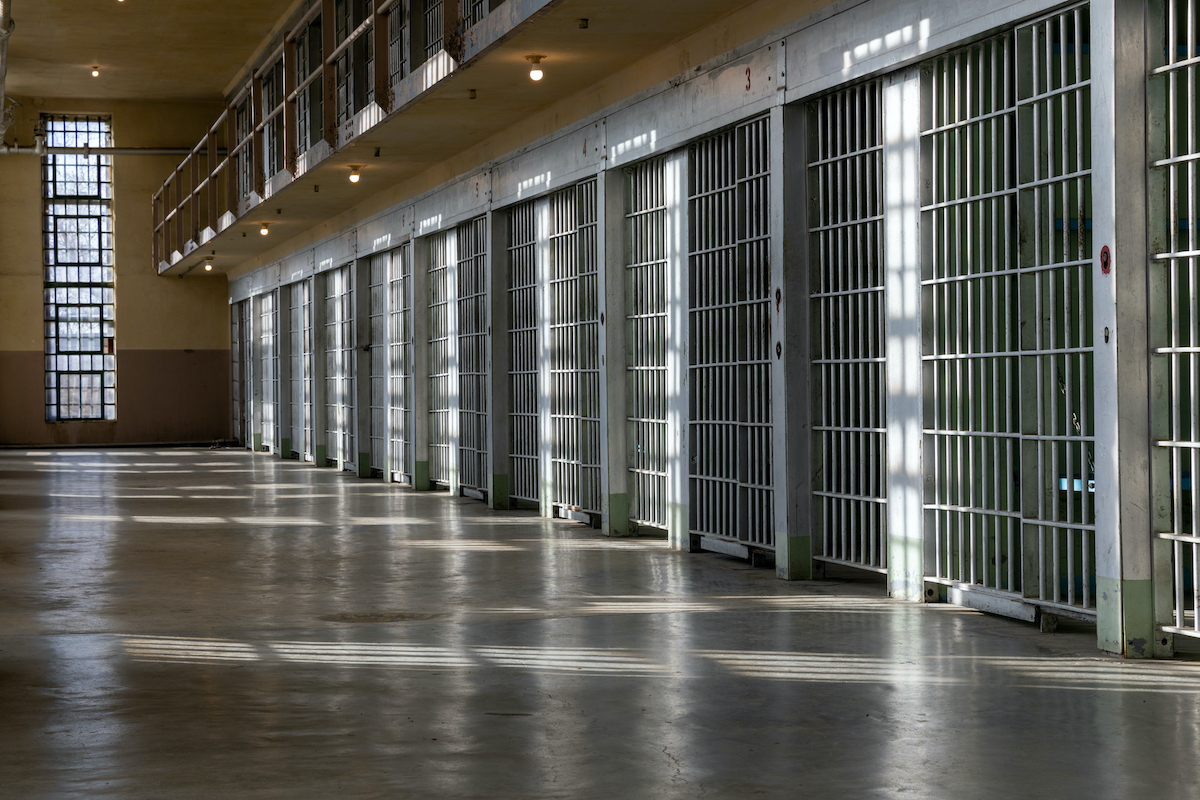Written by , Toronto Metropolitan University and , University of Ottawa. Photo credit: Shutterstock. Originally published in The Conversation.
Many Ontario citizens faced barriers to voting in the June 2 general election. In a process known as disenfranchisement by process, thousands of imprisoned persons in Ontario experience obstacles to voting. Many will also be explicitly barred from voting in the upcoming municipal elections in October.
Enfranchisement refers to the rights of full citizenship, including the right to vote. Disenfranchisement, on the other hand, refers to the procedural roadblocks that prevent imprisoned people from being able to vote easily.
This is despite a 2002 Supreme Court of Canada ruling that affirmed imprisoned people have the right to vote under Section 3 of the Charter of Rights and Freedoms.
Crucially, disenfranchisement disproportionately impacts marginalized Canadians. Indigenous, Black, disabled and poor people are all imprisoned at higher rates, and are more likely to face barriers to voting because of disenfranchisement by process.
Prisoners have the right to vote
Scholars use the term carceral citizens to refer to people who are criminalized and face significant constraints to participating fully in social, economic and political life.
Issues that impact the general public are also issues that impact imprisoned people. As critical public policy and criminology scholars active in community work, we spoke with current and formerly imprisoned people to hear about how they experienced voting in Ontario’s prisons.
Interviewees told us the majority of imprisoned people return to their communities, so it is important for them to have a democratic voice and stake in the communities they return to.

One recently released federally imprisoned person, and former chair of the inmate committee at Joyceville Institution, Kevin Belanger, shared his thoughts about why being allowed to vote is so crucial:
“I think it’s very important for us to vote … it allows guys to feel, even a little bit, a part of society, to know that their vote counts. But we really are voting with a disadvantage because we are not educated on what is going on. This is because of many parties not realizing that if they want our vote, they need to send us something so we know their positions, because if not, we’re going to be guessing.”
Another recently released federally imprisoned person, James Ruston, shared his perspective about political engagement as a prisoner:
“As a long-term prisoner, I learned to regret the lack of mindful concern for the community in my past choices. In my exile, I came to believe in the value of social relationships that inspires an inclusive respect for a nurturing and collaborative social contract. Being supported to vote, to make decisions about my community, endears me to that community.”
Barriers to voting
Interviewees told us there are a variety of legislative, bureaucratic and procedural issues that act as roadblocks to voting inside Ontario prisons.
Ruston said that insufficient communication from correctional facilities can prevent prisoners from even knowing how to register in the first place. Belanger said that barriers to literacy can also prevent some imprisoned people from accessing this important information.
When an election is called, a prison staff member is appointed as an election liaison. They are responsible for advertising the election and registering voters. Imprisoned people must fill out their ballots in the presence of the liaison officer, and are not permitted privacy when voting.
The final deadline for registration occurs before the deadline for the general public. Those who do not register in time are barred from voting. This happened to several women in a Kitchener correctional institution in 2018 when their elections liaison officer failed to hand out voter registration forms in time.

Those who do register still might not get to cast their votes. Seventy-seven per cent of people in provincial prisons are in remand, meaning they have not been sentenced and may be imprisoned for a short amount of time. Prisoners who have registered to vote inside prisons, but are released before the voting date, are not permitted to vote by the regular process.
In the 2015 Canadian federal election there was a 50.5 per cent turnout of imprisoned voters compared to 68 per cent in the public — and 7.5 per cent of votes from imprisoned people were rejected. By comparison, only 0.7 per cent were rejected overall in Canada.
Further, if there are any delays and special ballots do not arrive to be processed in time, they will not be counted, as happened with 205,000 ballots in the 2022 election.
Pandemic-specific barriers
Pandemic restrictions have resulted in a number of unique enfranchisement barriers. Since there are still active COVID-19 cases and restrictions at Ontario prisons, these barriers are ongoing.
Under the Shaping the New Normal Risk Management Framework (available through freedom of information), items are not to be shared between imprisoned people during times of COVID-19 risk.

In addition, non-profits that support prospective voters have sometimes been barred from doing their work inside prisons. This was the case in Saskatchewan for Elizabeth Fry Society staff, who were unable to enter prisons to help imprisoned people register to vote in 2020.
Though Elections Canada states prisoners cannot be denied an opportunity to vote, even for security reasons, some prisoners at the Atlantic Institution were prevented from voting in the 2019 federal election due to an institutional lockdown.
Recommendations
The majority of people in prison do not need to be there. During parts of the pandemic, the number of people imprisoned in Ontario decreased from 8,113 to 6,405.
But the number of imprisoned people in provincial jails has risen since. In addition to decreasing the number of people imprisoned, we need to do better ahead of the fast approaching municipal elections in October.
Barriers to voting in municipal elections are even worse. Ontario’s Municipal Elections Act explicitly prohibits imprisoned people from voting. This act must be amended to allow imprisoned people to vote in October.
We call on respective governments to ensure that the relevant election agencies run the vote in prisons effectively. Elections Ontario must ensure imprisoned people are provided information on their candidates, registration assistance and facilitation by Elections Ontario employees on voting day. Voting is a right; everyone should have equitable access to it.

